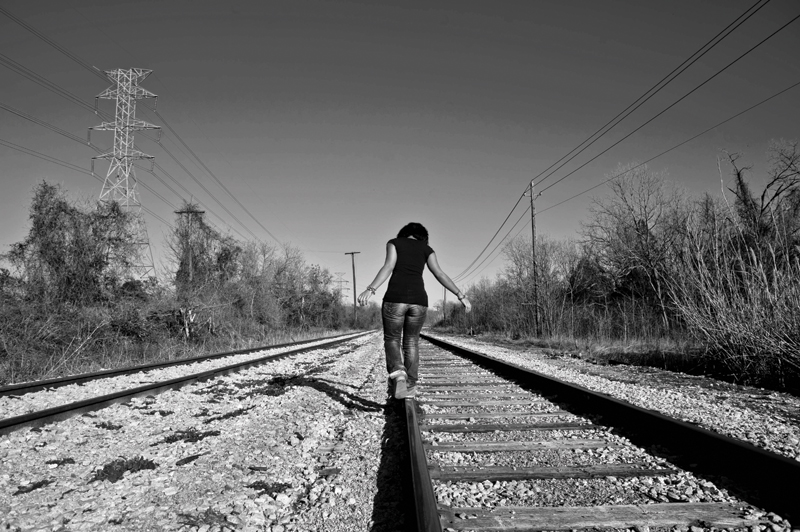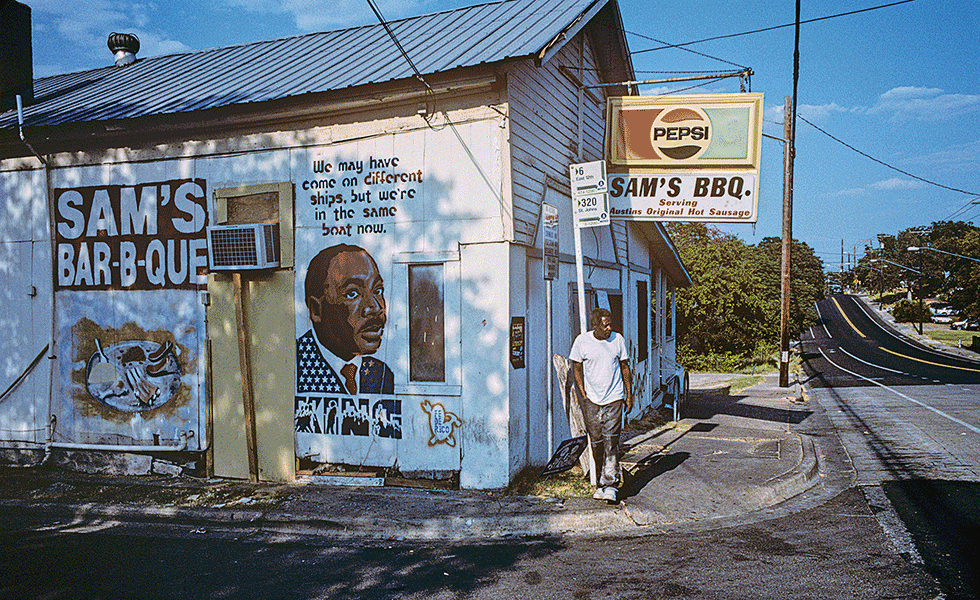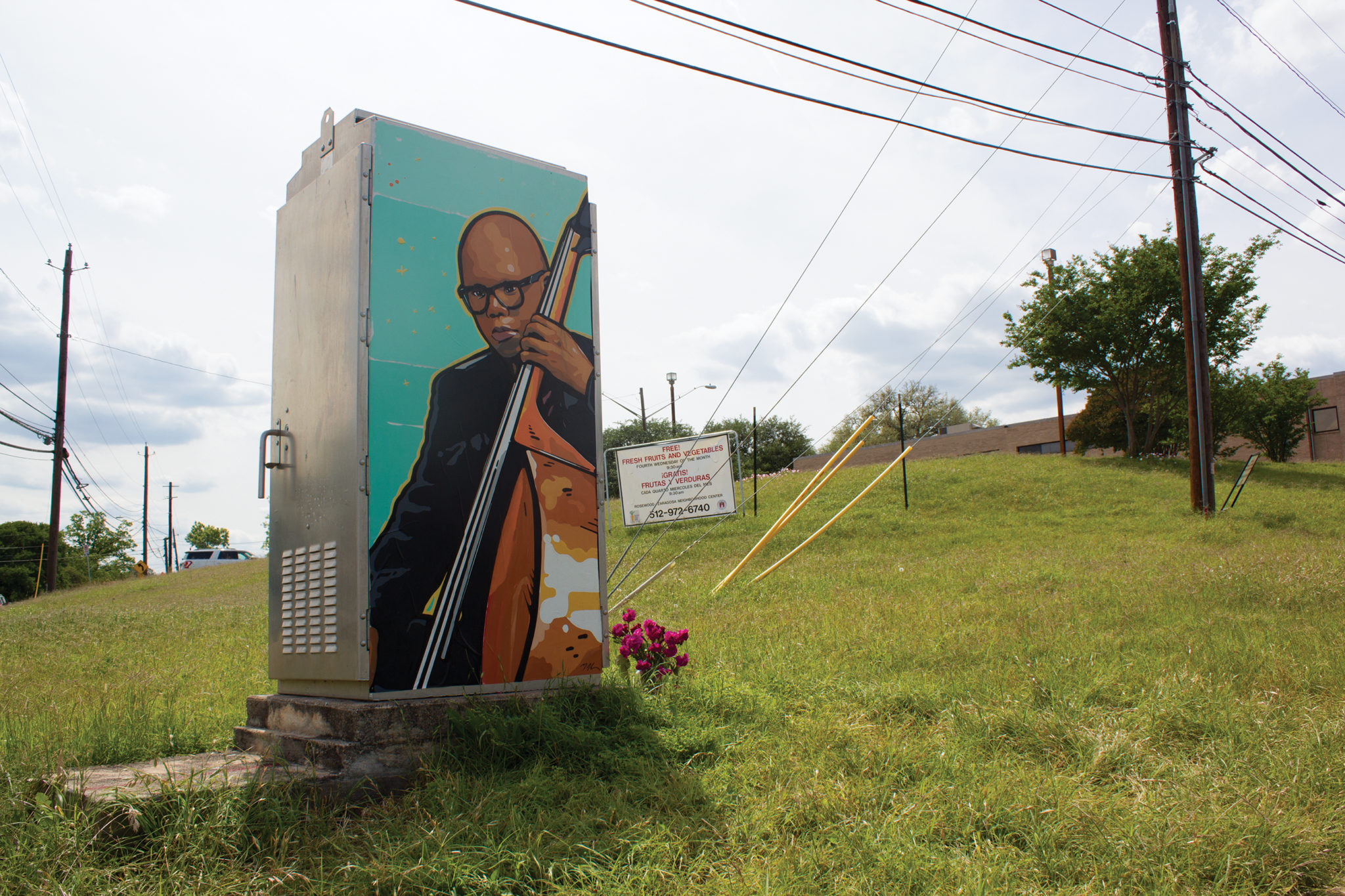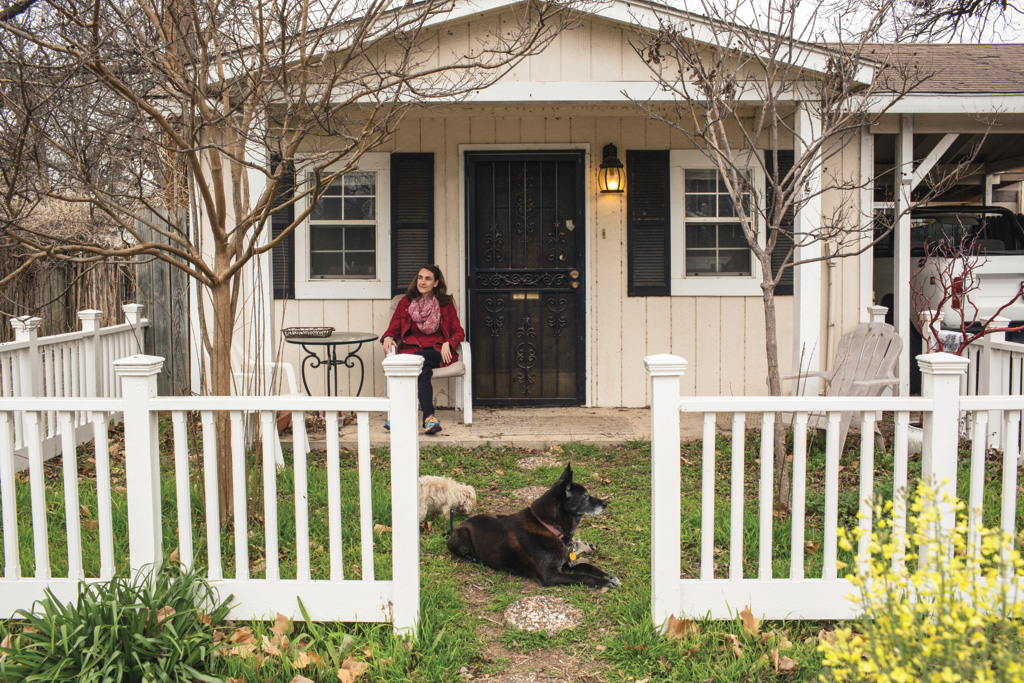
Locked Out
The war on drugs continues to deny the American Dream to countless poor black families.
A version of this story ran in the February 2014 issue.
The war on drugs has led to the incarceration of millions of Americans. Between 1965 and 2000, the prison population in the United States swelled by 600 percent, according to Robert Perkinson, author of Texas Tough: The Rise of America’s Prison Empire. There are currently more than two million people incarcerated in the United States, and since the start of the war on drugs, more than 31 million Americans—a disproportionate number of them from poor black communities—have been arrested for drug-related crimes, according to The Sentencing Project.
Whites are just as likely as blacks to use drugs, according to research by the Substance and Mental Health Services Administration of the Department of Health and Human Services. Yet the front line of the war on drugs is being fought in poor black neighborhoods across the country. As a result, poor African-American families are being trapped in generational cycles of incarceration. In the period leading up to the civil rights movement, African-Americans were incarcerated at a rate four times higher than whites. Currently, the incarceration rate for African-Americans is seven times that of whites, according to Perkinson.
Austin isn’t immune to this trend. In fact, the disparity between black and white drug arrests in Austin is even greater than the national average. The number of African-Americans arrested on drug charges in Austin has spiked by 394 percent since the start of the war on drugs—compared to a 16 percent increase for Anglos.
The images from my photo project document everyday life in an East Austin community that has been disproportionately affected by mass incarceration. According to the Justice Mapping Center, incarceration rates for the 78702 zip code, where many of these images were created, is five times higher than the average rate in Austin. The 78702 zip code and neighboring 78721 contain only 3.5 percent of the city’s adult population but account for more than 17 percent of Austin’s prisoners.
The communities and families featured in this photo essay are just another statistic in America’s war on drugs. Unequal enforcement of drug laws has had an unimaginable effect on poor minority populations in the United States, and prisons have filled with African-Americans. The loss of these individuals destabilizes entire communities. Upon their release, they re-enter the community as second-class citizens. Drug policies continue to deny the American Dream to countless poor African-American families.
These photos are from Raymond Thompson’s “Justice Undone” project, funded by a grant from the Alexia Foundation.


